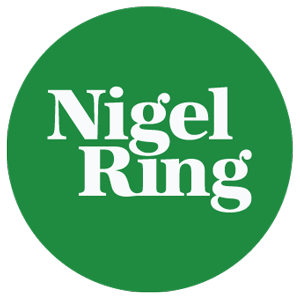 We have now completed the detailed material I wished to share but there are two more sections I shall include. First, a summary and then a look at applying these principles on a PDA.
We have now completed the detailed material I wished to share but there are two more sections I shall include. First, a summary and then a look at applying these principles on a PDA.
Summary
Initially I set out to share my own experience, not to give a comprehensive overview of various different time management systems. I have particularly focussed on the day-to-day management of your Organiser, being the ‘vehicle’ in which the events that fill time are planned and monitored.
Time management is about ‘writing your history in advance’, making the best guess you can about what the future holds and planning to achieve that. I encouraged you to define long term goals and expectations and then to break these down into intentional activities to help you achieve them. These need to be expressed in ‘bite-sized’ chunks of time in order to implement these activities.
I have sought to give you a ‘safety net’, one which will allow you to feel in control and not forget important activities. From the informal feedback I have received this seems to have proved useful.
In my third posting on the subject (January 15th) I encouraged you to write a list of those time management things that are your personal challenge, such as a) being less effective than you would wish, b) Interruptions, c) Lack of punctuality, d) Procrastination (putting things off till tomorrow), and so on. Why not turn to that list and see if this series has given you solutions?
I shall now summarise the system that has worked for me for nearly 30 years.
Some definitions and principles
1. Time is a gift from God and He wants us to steward it well (Ps 90)
2. Time management is about managing the events that fill your time
3. The goal of time management is to have a watertight system or safety net that will never let you down
4. There are two distinct types of time – Appointments (timed and made in advance) and Discretionary (available to use at your discretion). See blog on January 22nd.
5. Adherence to the rules is essential – do not vary them until you have fully embraced and ‘owned’ the system so that you know for certain the consequences of any changes you may be inclined to make. You could make a hole in the safety net!
6. Keep your Organiser nearby – it is an extension to your memory and you always have that with you! This makes planning on a laptop difficult unless it is synchronised with a portable PDA.
7. Since the Organiser is an extension to your memory use only one. For instance, do not have an ‘office diary’ and a ‘home diary’. Having two is a recipe for disaster. You are only one person yet thoughts come to mind about one sphere of life while you are in another (e.g. about home while in the office). If these are not ‘captured’ in a unique place there will inevitably be double bookings and forgotten items.
Some rules and tips for good practice
1. If using a paper-based system write in pencil to allow changes to be made neatly.
2. Plan your Organiser to have sections both for a calendar/diary and for files of projects, people etc. There should also be a jotter or general notepaper for recording meetings, phone conversations etc.
3. Have a day-to-view presentation of your activities which shows both appointments and your Do it list on one display.
4. Plan appointments on a month-to-view display if possible to avoid over-filling your programme
5. Plan your diary 3-6 months in advance (depending on the demands on your life) and ensure that the significant items take priority (for Boulders, Pebbles, Sand, Water illustration see pt 4).
6. Understand the difference between Urgent and Important (pt 5 )
7. A powerful way to prioritise is to use A1, A2… B1, B2… C1, C2… (Pt 6)
8. It is important to plan carefully and monitor the progress of your Do it list – a system is recommended (pts 11-13)
In the next and final posting on this topic I shall share some of the feedback I have received about your experiences with electronic PDAs. If you have experience to share or questions to ask please contact me on nigel.ring@newfrontierstogether.org
